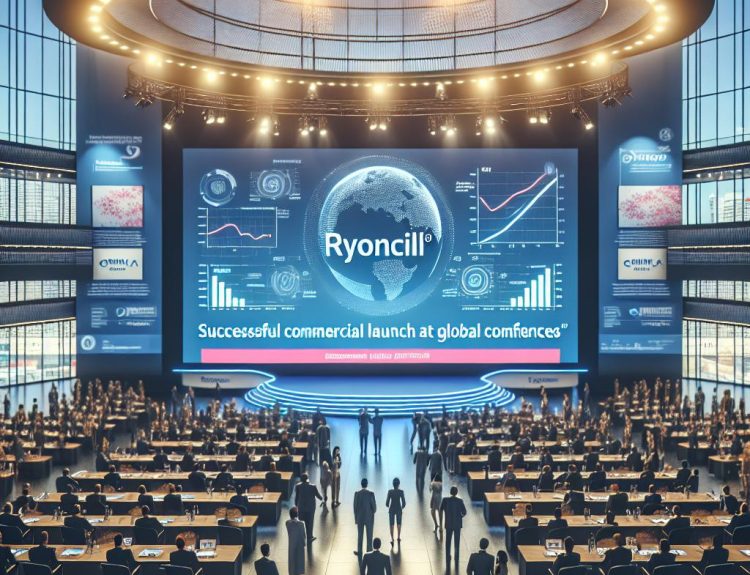NanoNewron has secured a $2.5 million NIH STTR Phase 2 grant to advance NN-840, a blood–brain barrier–penetrant TNF-alpha inhibitor for Alzheimer’s disease and other neurodegenerative conditions. The non-dilutive award funds IND-enabling work now underway, with an IND submission targeted for next year, under a collaboration that pairs NanoNewron’s biologics platform with Rutgers University’s academic research engine.
The strategic signal is clear: neuroinflammation is back at the center of the Alzheimer’s debate, and delivery across the blood–brain barrier is becoming the decisive battleground. NN-840 combines potent TNF-alpha inhibition with a transferrin receptor 1–targeting nanobody shuttle designed to move biologics into the brain via receptor-mediated transcytosis. If this approach translates from animal models to humans, it could challenge the current Alzheimer’s therapeutic narrative, dominated by anti-amyloid therapies, and reframe clinical endpoints, access dynamics, and combination strategies. The near-term question for investors and potential partners is whether early human data can demonstrate brain target engagement and a clear pharmacodynamic signature that justifies rapid advancement, partnership, or both.
This matters now because recent anti-amyloid approvals are reshaping Alzheimer’s care while health systems grapple with capacity and payers tighten evidentiary requirements. A subcutaneously administered, BBB-penetrant biologic that slows disease via a distinct inflammatory pathway could offer complementary or alternative value: outpatient-friendly delivery, potentially fewer infrastructure constraints, and a mechanistic rationale for use earlier in the disease course. For patients, this represents a fresh therapeutic hypothesis with the promise of better tolerability profiles associated with targeted cytokine inhibition. For HCPs, it raises new medical education requirements around biomarkers—CSF and plasma cytokines, neurofilament light, GFAP, and potentially imaging of neuroinflammation—to define responders and support longitudinal management. For payers, it signals another wave of high-cost neurotherapeutics, where real-world evidence will be pivotal in validating durability, functional outcomes, and resource offsets.
The competitive context is intensifying. Platforms from large pharmas and biotechs are converging on the same core challenge: reliable, safe, and scalable BBB delivery. Transferrin receptor–based shuttles, including those under development by several major players, are vying to prove acceptable brain exposure without hematologic or off-target liabilities. In parallel, multiple companies are pursuing neuroinflammation pathways in Alzheimer’s, with soluble TNF targeting, microglial modulation, and innate immune signaling inhibitors all progressing toward clinical inflection points. In this environment, NanoNewron’s grant is more than cash; it is a third-party validation that can catalyze BD conversations for platform licensing, co-development, or option-to-acquire structures that have become common as big pharma rebuilds CNS pipelines beyond amyloid.
The financing model is also notable. With biotech capital markets still selective, non-dilutive funding tied to academic partnerships is an increasingly pragmatic route to reach IND and unlock value. The STTR mechanism structurally encourages technology transfer, enabling faster iteration on CMC, tox, and translational biomarker strategies—critical for Neuro assets where early readouts must be unambiguous.
The next milestone, which will determine the strategic trajectory, is a clean first-in-human package demonstrating brain exposure and target engagement, ideally paired with early signals on inflammatory biomarkers and cognition. If NN-840 can show compelling PK/PD and a tolerability edge, will the industry move toward combination regimens pairing amyloid clearance with inflammation control, or will payers demand head-to-head outcomes before embracing a new mechanism in a crowded, costly landscape?
Jon Napitupulu is Director of Media Relations at The Clinical Trial Vanguard. Jon, a computer data scientist, focuses on the latest clinical trial industry news and trends.







